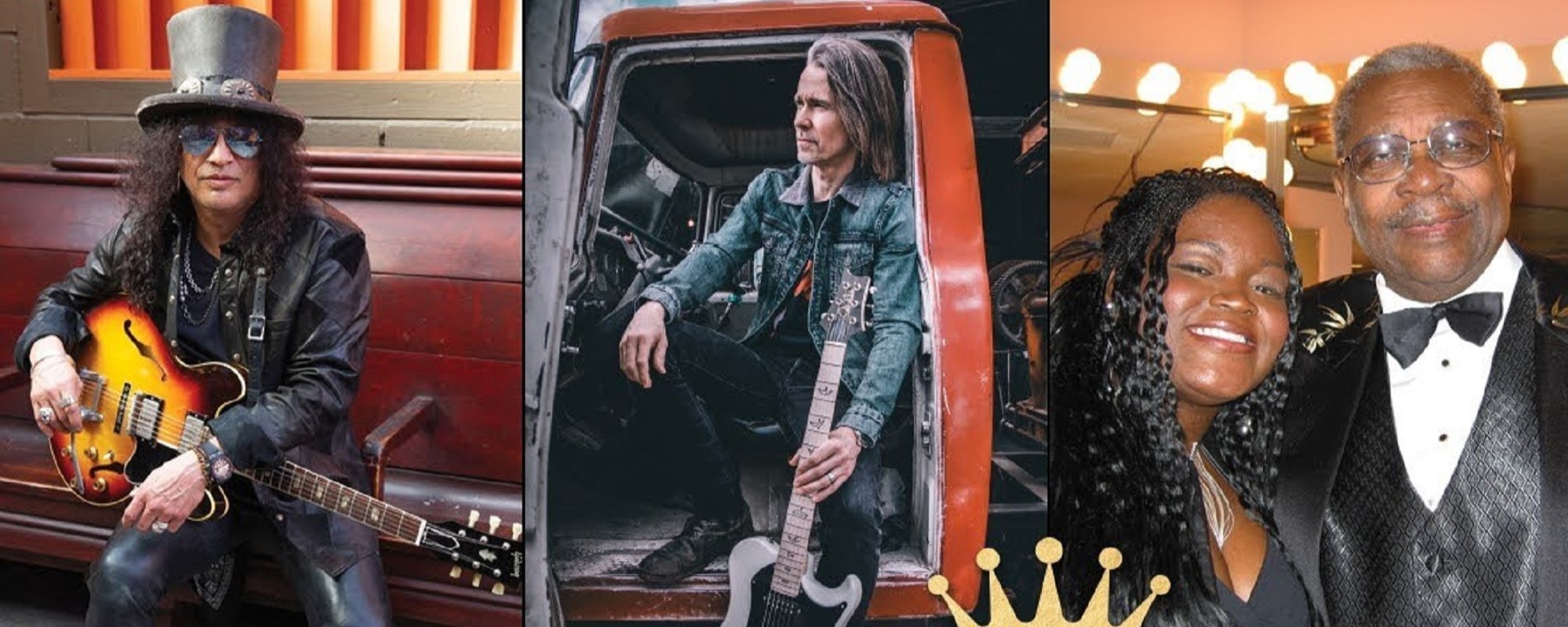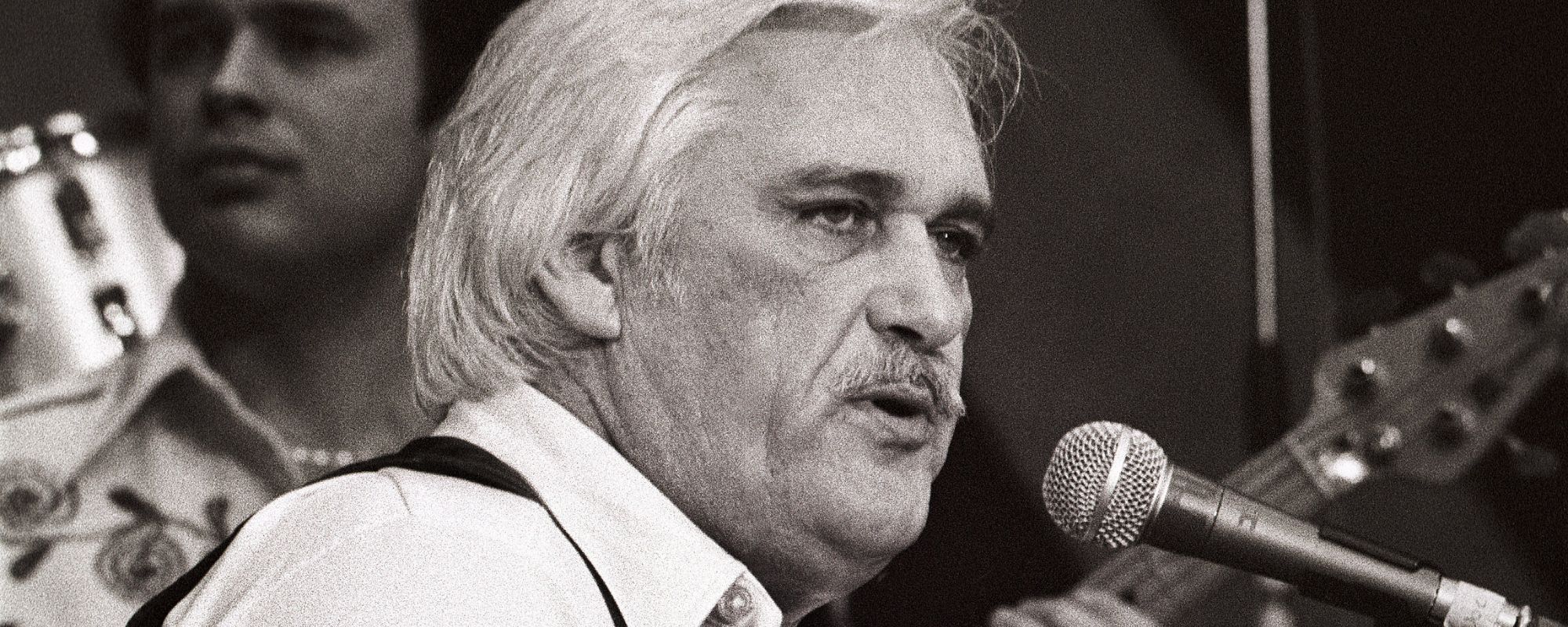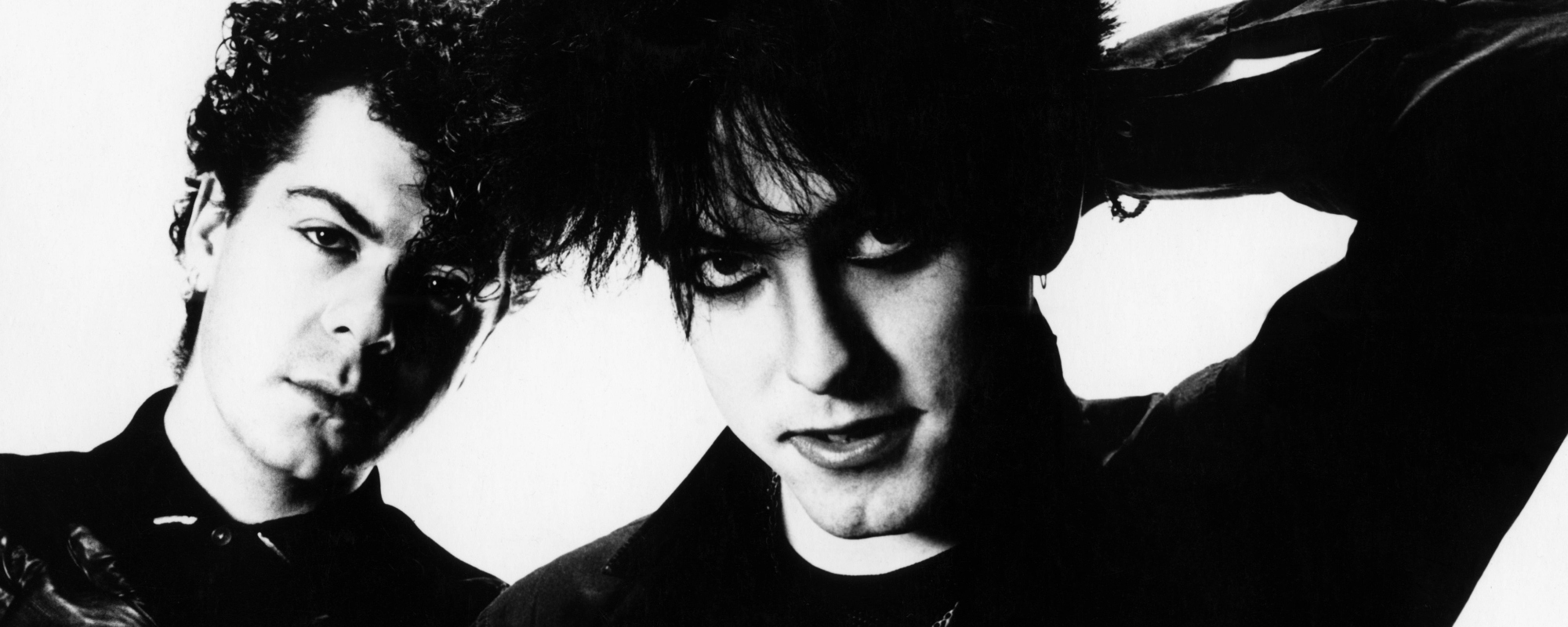If you want to take a scientific approach to your next playlist, boy have we got some good news for you. In 2022, music expert Analiese Micallef Grimaud and data company HappyOrNot decided to team up to answer the age old question: What are the happiest and saddest songs ever?
Videos by American Songwriter
To do their work, the team started by using songs Rolling Stone and NME had listed as top choices in the happy/sad category and combined that with Spotify streams. Then the analysis began.
Grimaud sought to found “which songs create the best blueprint for happiness and misery” by analyzing the tracks according to tempo, dynamics, pitch range, frequency values, and mode.
The Happiest Song Ever
Unsurprisingly, Pharrell Williams‘ 2013 track “Happy” clocked in as the happiest track ever.
“Based on my research, the combination of a fast tempo, high pitch level, major mode, loud dynamics level, staccato articulation, and a bright timbre help communicate happiness in music,” Grimaud said, before explaining why “Happy” fit the bill.
“Compared to the other songs on the list, ‘Happy’ has the fastest tempo, the loudest dynamics level, the highest average onset frequency value, and high pitch levels in the vocal range, and although the song varies in mode, elements pertaining to a major mode are also present,” she said.
Other songs making the top five on the happiness scale include Outkast’s 2003 track “Hey Ya,” Cyndi Lauper’s ’83 bop “Girls Just Wanna Have Fun,” Queen’s 1979 jam “Don’t Stop Me Now,” and Nina Simone’s iconic 1965 listen “Feeling Good.”
The Saddest Song Ever
In terms the saddest song, that honor went to “Something in the Way,” a 1991 track by Nirvana.
“Results from my research indicate that a slow tempo, minor mode, legato articulation, soft dynamics level, low pitch level, and a dark timbre help convey sadness in music,” Grimaud said, before turning her attention to “Something in the Way” specifically.
“The song is written in minor mode, and has a slow tempo, the softest dynamics level, the smallest average onset frequency value, and low pitch levels in the vocal range, making it the saddest compared to the other songs,” she said.
Other sad tracks on the list all come from the ’90s. R.E.M.’s “Everybody Hurts,” Eric Clapton’s “Tears in Heaven,” Alice in Chains’ “Nutshell,” and Pearl Jam’s “Black” all made the cut.
Photo by Paul Morigi/Getty Images













Leave a Reply
Only members can comment. Become a member. Already a member? Log in.